
The Best Ways to Inspire Your Students to Learn Science
Isaac Newton first conceptualized the idea of gravity when an apple fell on his head. This moment was simple, but inspirational—with a huge impact on

Isaac Newton first conceptualized the idea of gravity when an apple fell on his head. This moment was simple, but inspirational—with a huge impact on
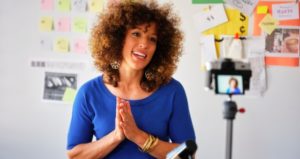
With written communication becoming increasingly multimodal—from newspaper websites to your social media feed to your learning management system’s announcements page—researchers and practitioners alike have made
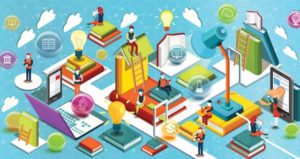
When I began designing my course activities, I needed a model that would include all modalities of the learning processes. As my blueprint, I chose
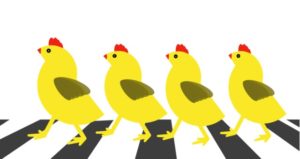
Why did the chicken cross the road? To get to the other side. Why did the chicken cross the playground? To get to the other
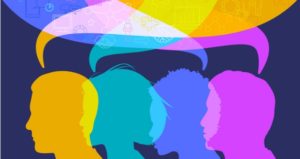
At a symposium about teaching projects on our campus, one group of faculty presented a set of projects they had done that involved giving students
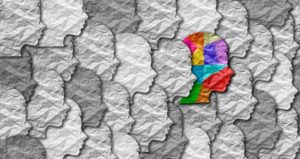
“Jason is a bright, ambitious, and warm 22-year-old. He wants to be a Geologist. However, Jason has a hard time staying focused in a large

The important role professors play in helping our students appreciate cultural diversity cannot be overvalued. There has been much written about what a Culturally Responsive
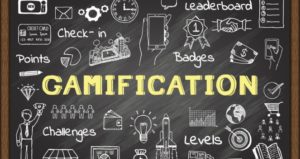
What began as a routine summer workshop on incorporating games and game-like elements into instruction, turned into a surprise for summer; two weeks of fun

Although Kathleen Koenig was terrified of public speaking as a student, she now teaches lecture classes with 135+ students. As an associate professor in the

Students from different walks of life converge in a classroom for learning. They have different capabilities and personalities, adding to the diversity that comes with
Get exclusive access to programs, reports, podcast episodes, articles, and more!